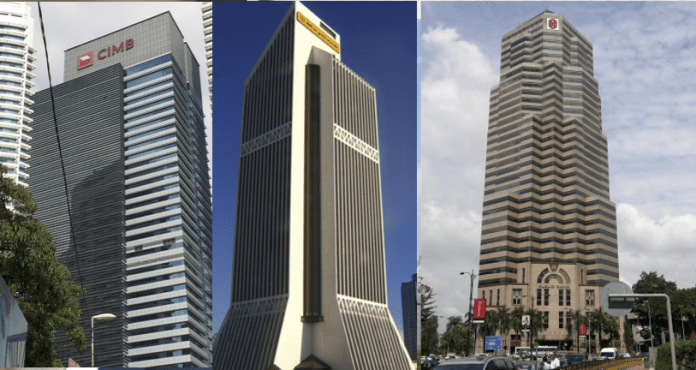Malaysian banks’ 1Q 2023 financial results showed notable net interest margin (NIM) compression due to the rising cost of funds from the full impact of upward deposit repricing, keener deposit competition, and the continued normalisation of current and savings account (CASA) balances reported RAM in its latest 1Q Banking results roundup.
The Ratings agency said despite another 25-bp overnight policy rate (OPR) increase in May – a boon to margins – a full-year margin squeeze is unlikely to be avoided.
“The average NIM of eight selected banks was a lower 2.13% in 1Q 2023 (4Q 2022: 2.41%; 1Q 2022: 2.28%). The cumulative 100-bp OPR hike last year boosted banks’ NIMs in 2H 2022 as lending rates repriced faster than deposits. However, the situation has reversed as the repricing of deposits has caught up,” says Wong Yin Ching, RAM’s co-head of Financial Institution Ratings. “With rising rates, depositors have also been gradually reverting from low-cost CASA deposits to fixed deposits. Strong competition for deposits late last year, with attractive promotional rates, further contributed to costlier funding,” she explains. Positively, the extent of deposit competition has dissipated somewhat.
The banking system’s y-o-y loan growth tapered off to 4.5% in April 2023 (2022: 5.7%) as higher interest rates and still-elevated inflationary pressures crimped credit demand. At present, RAM is maintaining its loan growth projection at 5% for 2023. Liquidity is ample in the system to support credit growth, with deposits expanding by 4.2%.
“On the asset quality front, the system’s gross impaired loan (GIL) ratio inched up but remained well under control at 1.78% as at end-April 2023 (end-December 2022: 1.72%). While delinquencies are likely to creep up further in the prevailing challenging operating environment, we do not anticipate the ratio to exceed 2% this year. The eight banks’ average credit cost ratio also stayed benign at just 16 bps in 1Q 2023 (1Q 2022: 19 bps), given the sizeable management overlays set aside earlier. Some writebacks of management overlays are anticipated but banks are prudently assessing the quantum of reversals in view of the macro headwinds,” adds Wong.
Notwithstanding tighter margins, all eight banks posted stronger y-o-y pre-tax earnings in 1Q 2023, largely lifted by higher trading and investment income and smaller loan provisions, to a lesser extent. This translated to an average pre-tax return on assets of 1.38% for 1Q 2023 (1Q 2022: 1.36%). After a strong showing in 2022, RAM said profit outperformance this year will be relatively limited. The agency expects lower impairment charges but narrower NIMs and easing loan growth may temper overall gains.









